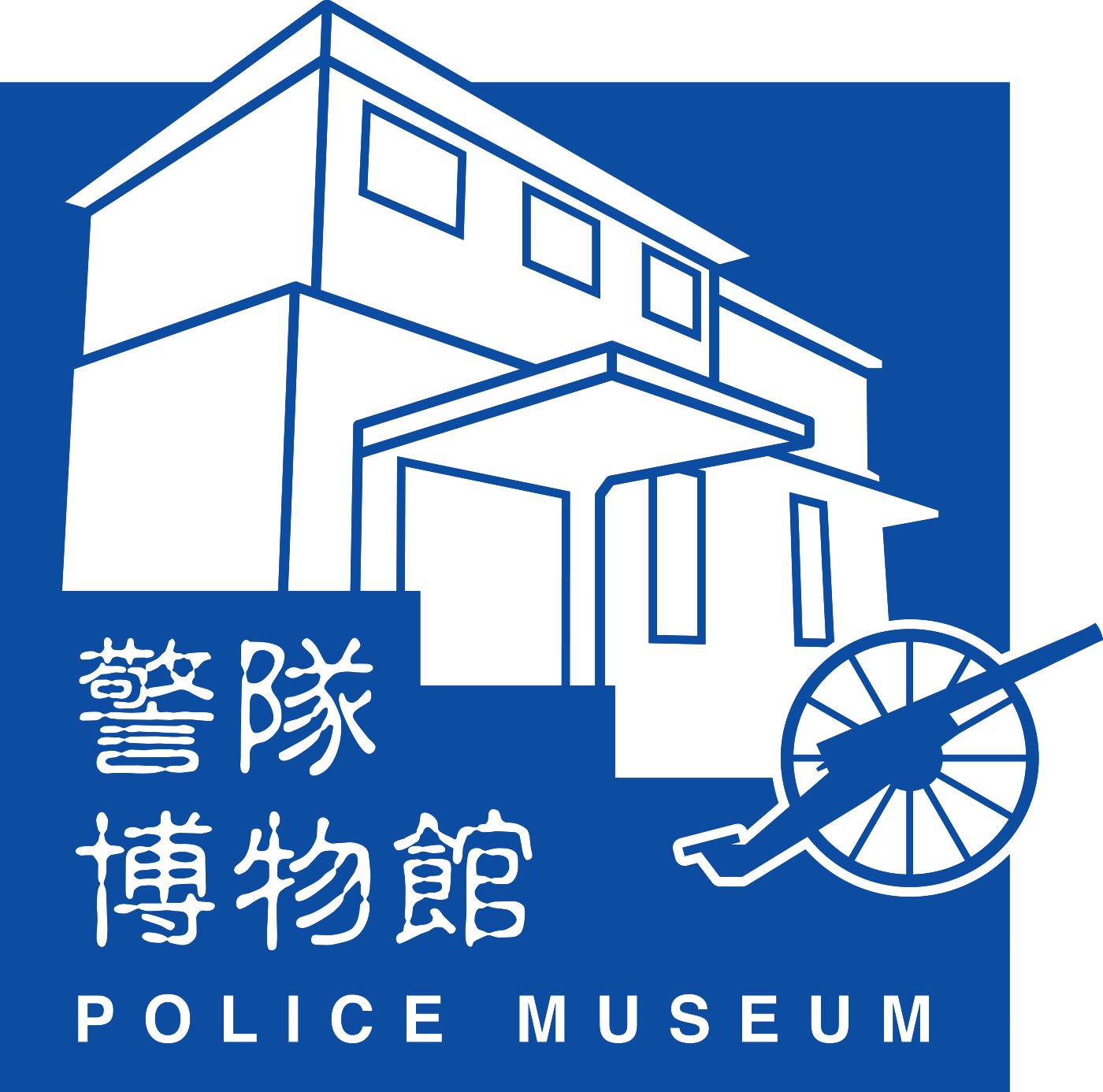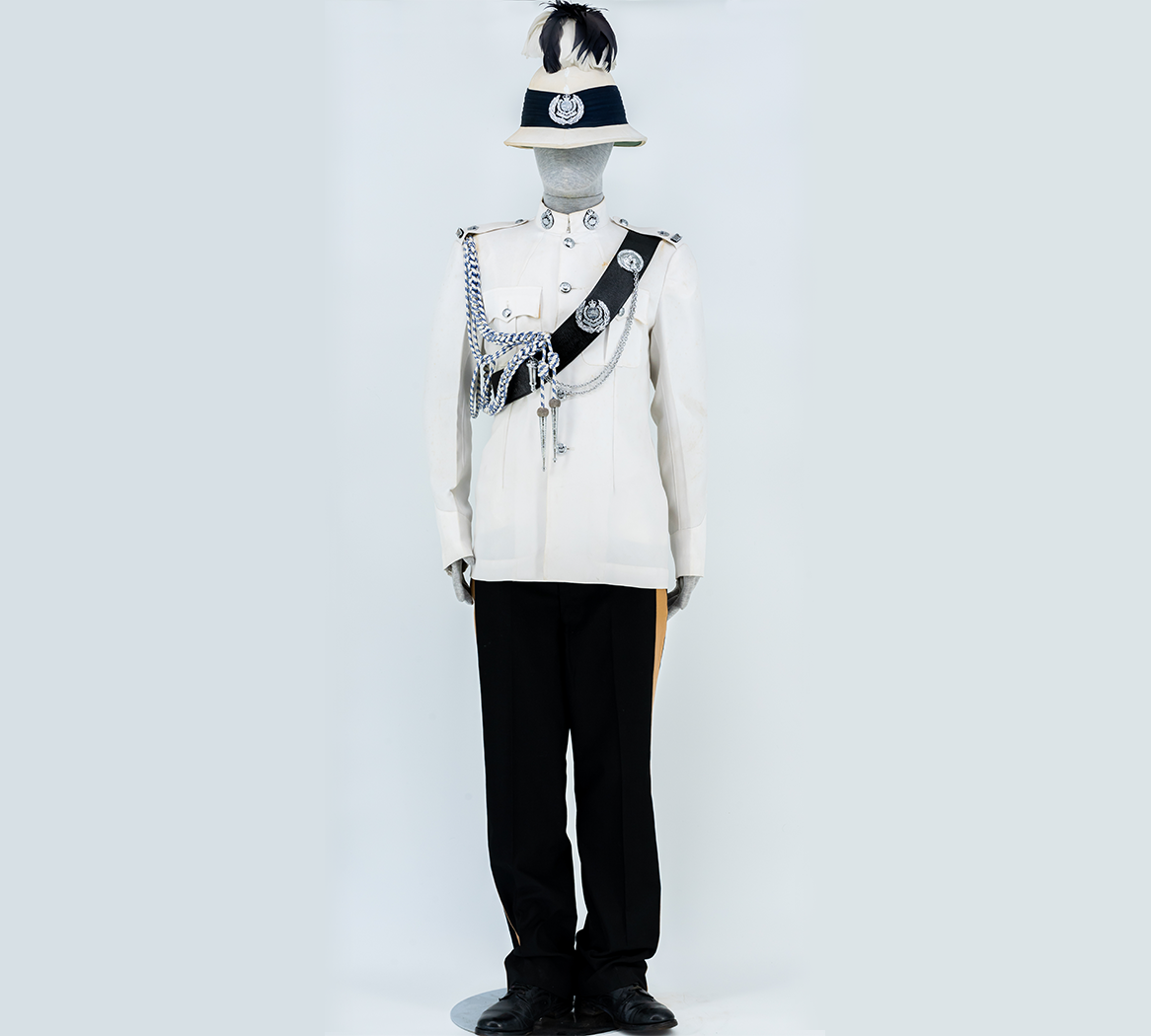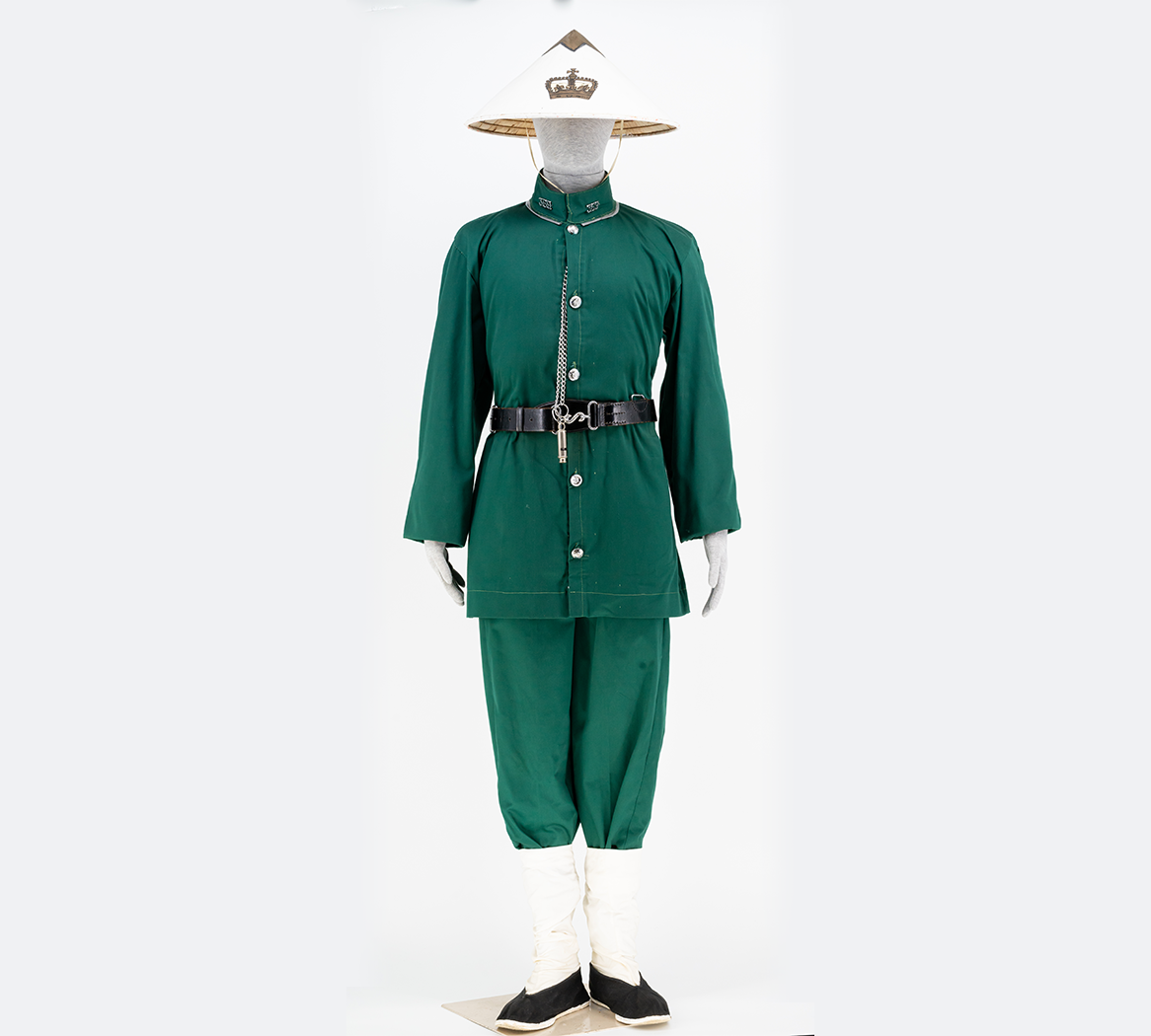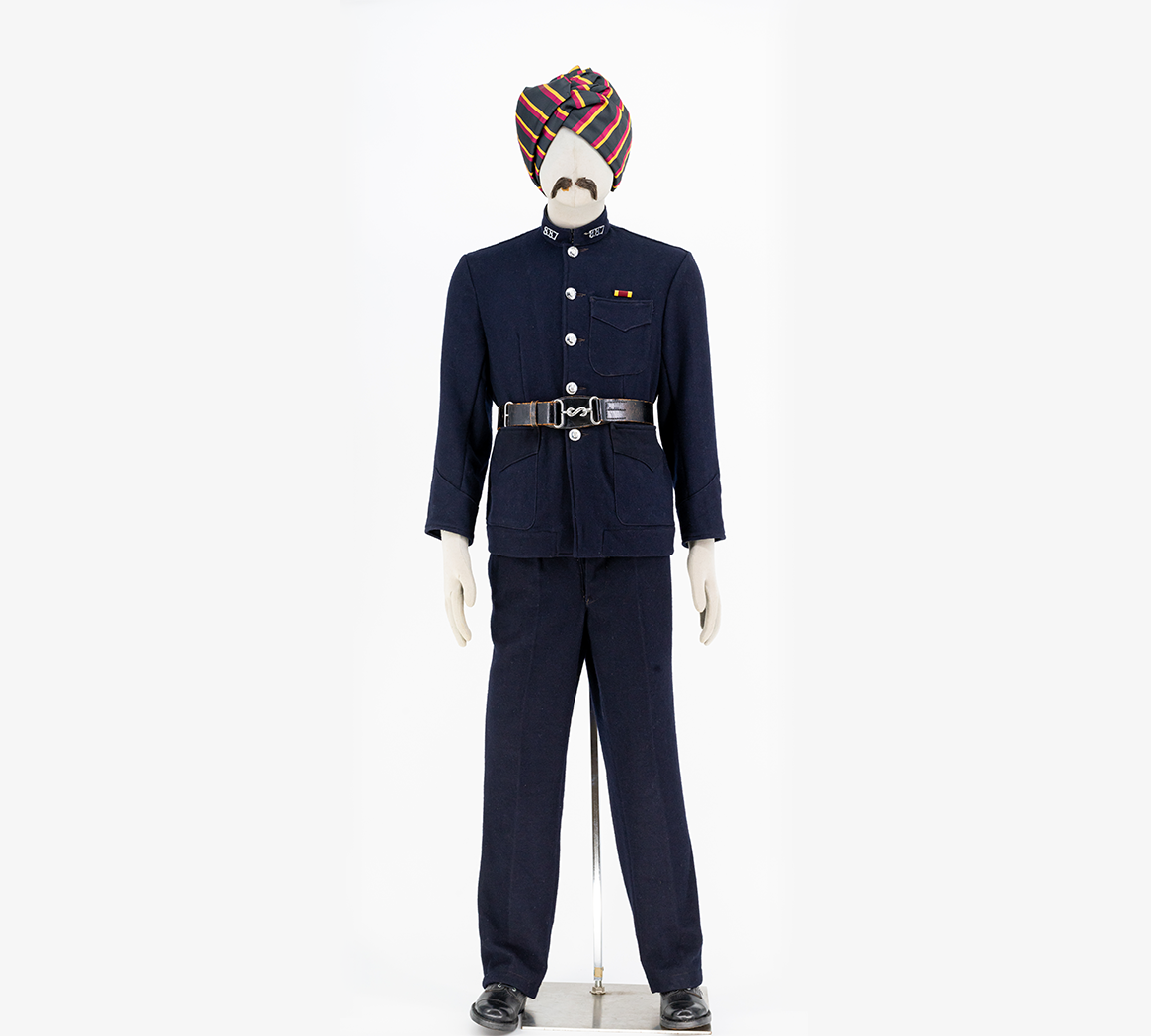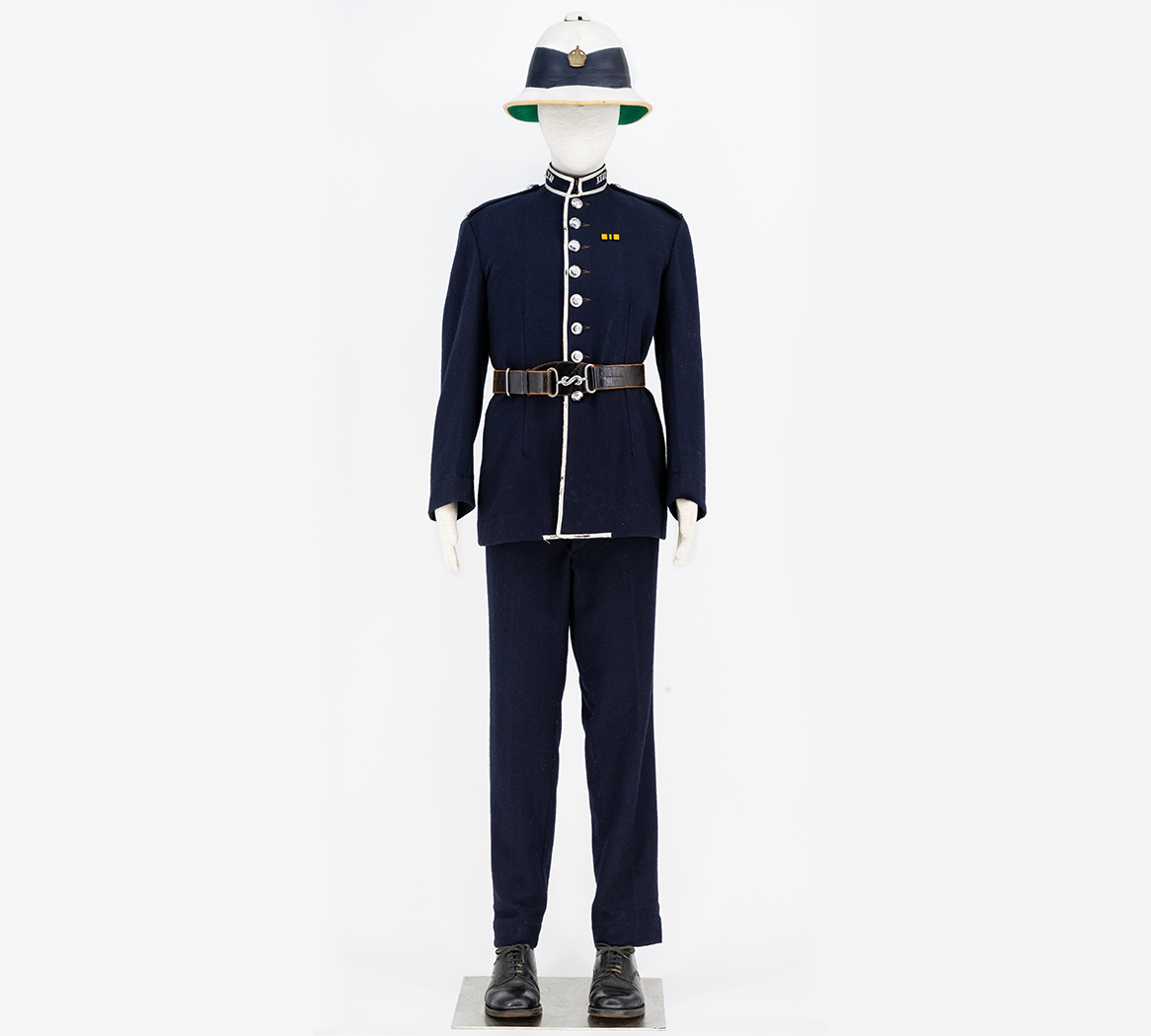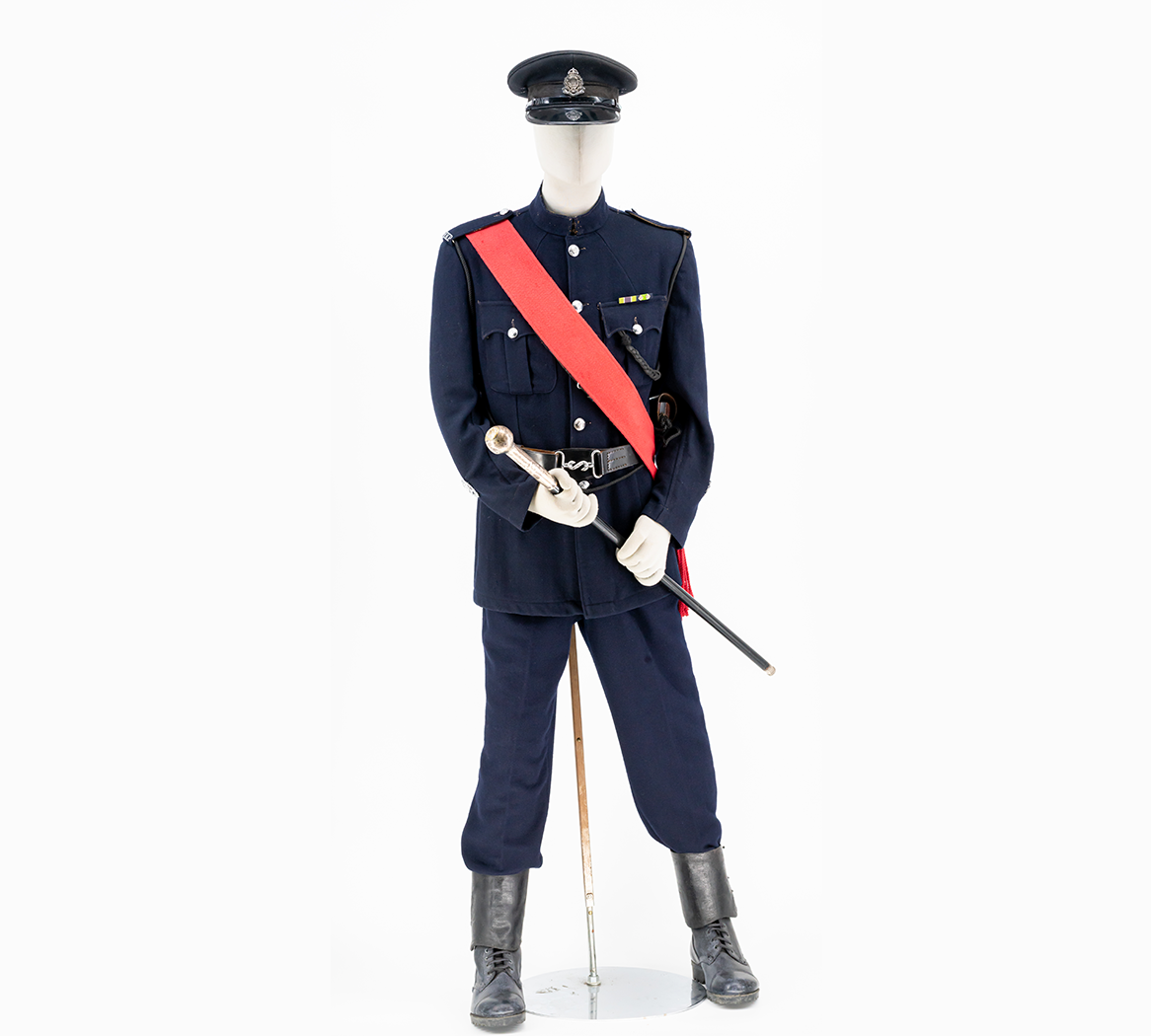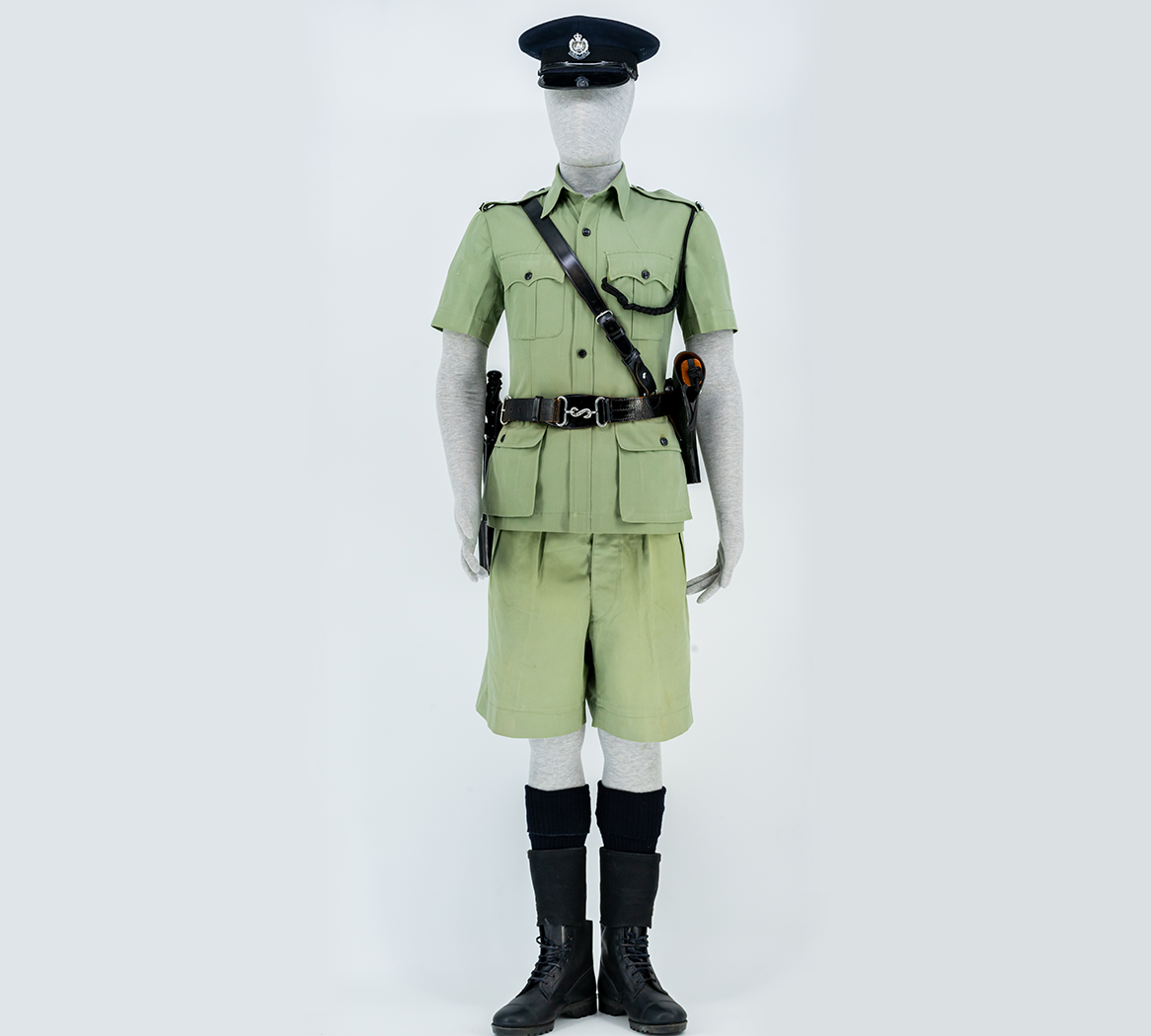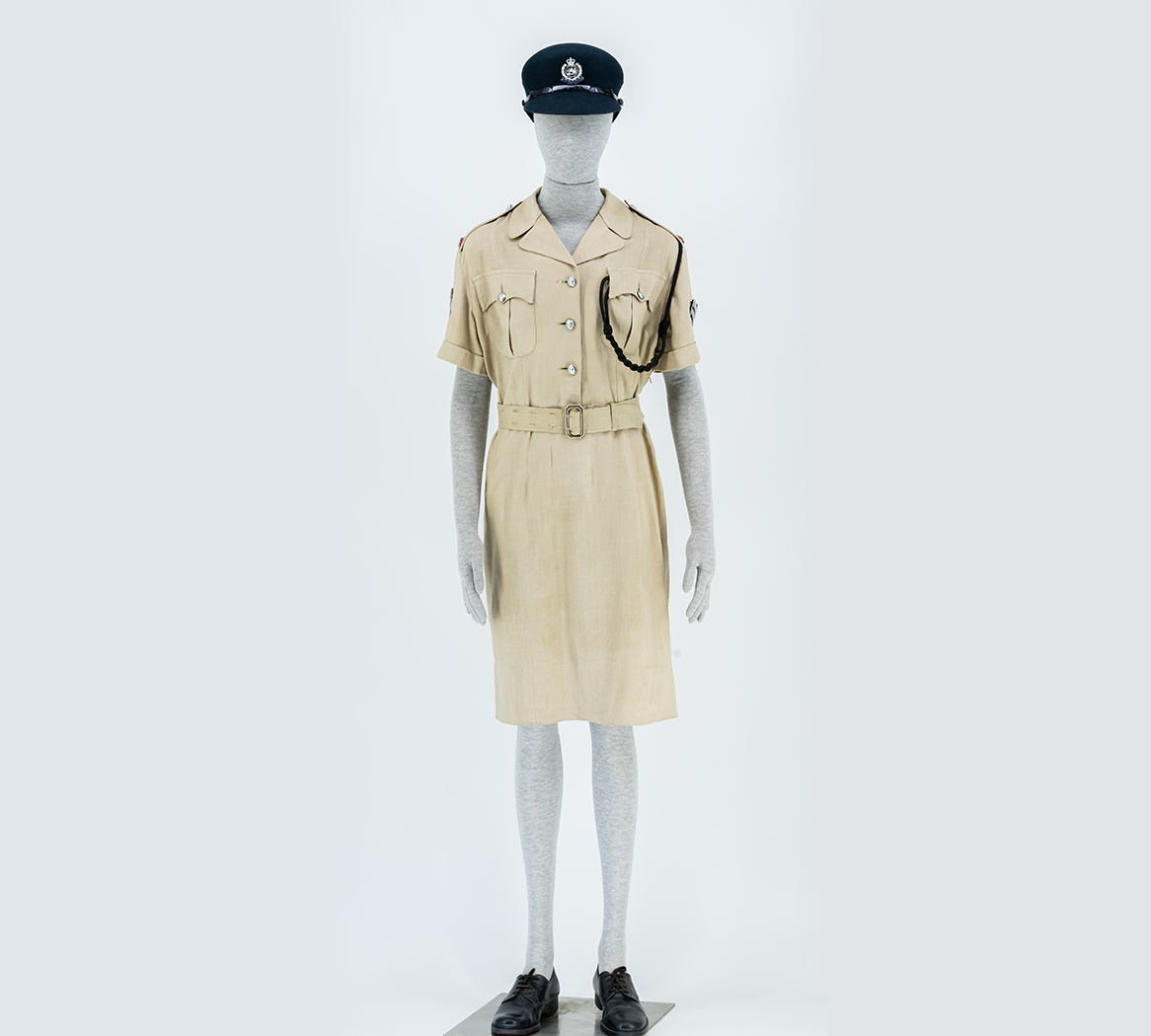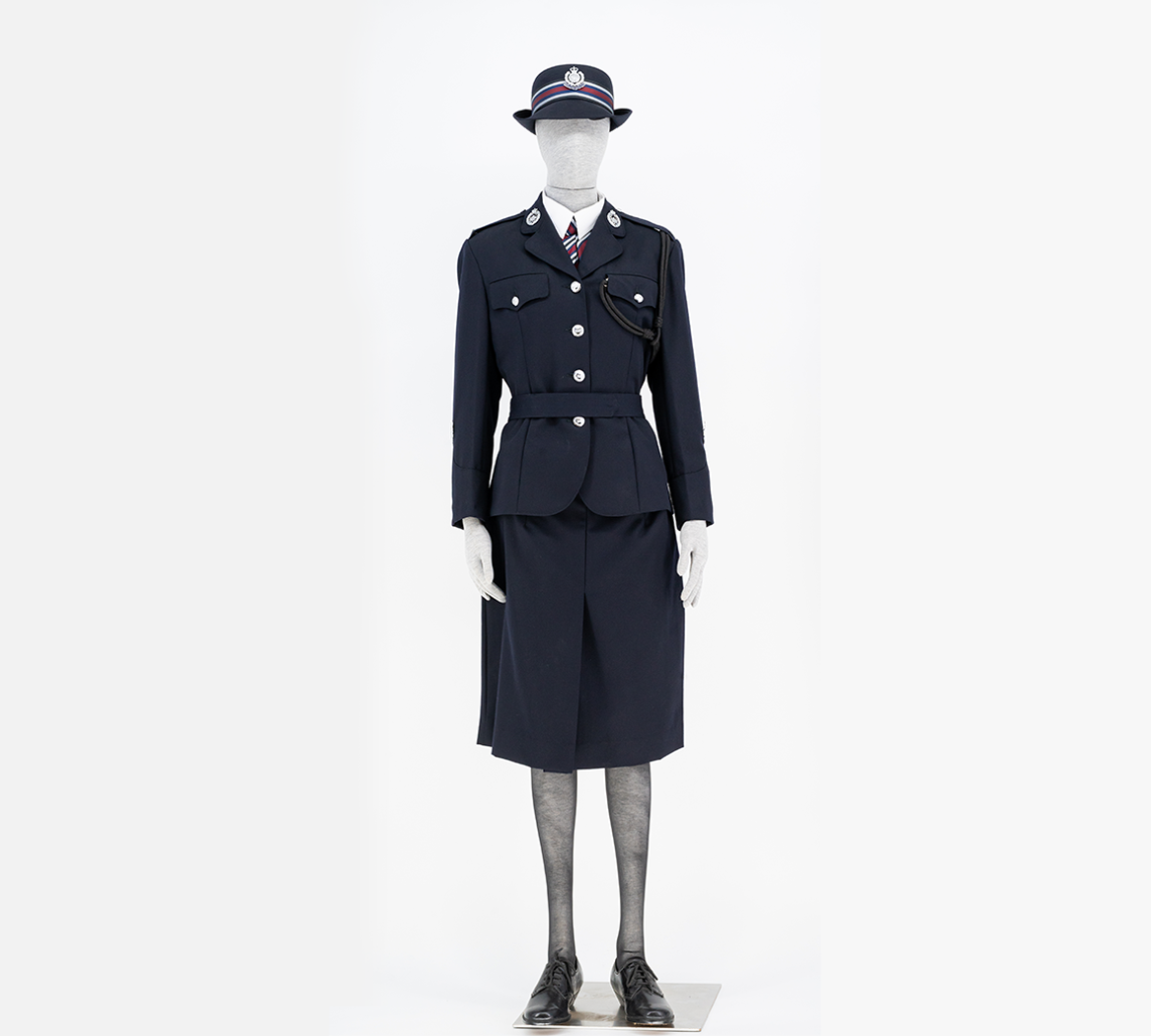Description
During the period of British rule, the Governor of Hong Kong (Governor) was the supreme ruler in Hong Kong. He was appointed by the British monarch. Each Governor had a personal assistant, known as an aide-de-camp in French, which means field assistant. The aide-de-camp was usually a serving police officer at the rank of Superintendent. The officer was responsible for the Governor’s security. For example, before the Governor attended a public event, the aide-de-camp had to visit the venue in advance to inspect the environment, arrange the route, understand the security arrangements, and so on. In addition, aides-de-camp were also responsible for protocol and hospitality, taking the Governor’s place to receive guests or attend special ceremonies. Thus, meeting aides-de-camp was like meeting the Governor himself. In addition to the aide-de-camp, the Governor was also accompanied by a number of honorary aides-de-camp from other disciplinary forces and auxiliary forces (e.g. Auxiliary Police Force), who served concurrently. They were mainly responsible for carrying out ceremonial duties on the Governor’s behalf. Prior to the reunification, apart from the Superintendent of Police serving as the full-time aide-de-camp, a number of police officers at the rank of Chief Inspector also served as honorary aides-de-camp concurrently. One of them was a female Chief Inspector, who was the only female police officer to serve as an honorary aide-de-camp before the handover in 1997.
The exhibit is an aide-de-camp’s uniform in the early 20th century. It is similar in design to the British Army’s ceremonial uniforms of the period. It consists of a white uniform tunic. The lapels of the tunic are decorated with police badges. Underneath are worn black cavalry overalls with a straight yellow welt on the outside of each leg and a pair of black half Wellington boots with spurs, commonly known as “cowboy boots”. In common with the uniforms of British rifle regiment officers of the time, the aide-de-camp wore a thick black patent leather cross belt running under the left epaulette to four widths below the right armpit, with a police badge encircled by oak leaves near the left chest. A round silver lion’s head badge is mounted on the cross belt near the left clavicle. The lion’s mouth bites into three parallel silver chains, while the other ends of the chains are attached to a silver whistle, which itself is attached back onto the cross belt with two silver lugs which are inserted completely through the cross belt.
The pith helmet was a common style of helmet worn by the British Army in formal dress, with additional plumage on the top. The white helmet shown in the exhibit is decorated with blue and white ostrich plumes and a blue pagri ribbon, with a police badge encircled by oak leaves on the front. The oak leaves are a symbol of strength and endurance.
The most important feature of the aide-de-camp’s uniform is a set of aiguillettes worn on the right shoulder. The word “aiguillette” comes from the French word “aiguille” meaning “needle”. The aiguillettes are made from braided silver and royal blue cords terminating in two needle-like silver pendants.
The origins of the traditional use of aiguillettes by aides-de-camp are obscure. However, one widely accepted explanation goes back to the age of chivalry when a knight in armour was attended by a squire. One of the squire’s duties was to assist the knight in donning and removing his heavy armour plate. He would literally join the individual plates of the knight’s metal armour together for him, using the two aiguillettes to sew long lengths of thick leather thongs through holes pierced around the edges of each armour plate. Since a knight could be required to fight wars at any time, the squire would probably keep the thongs and aiguillettes around his shoulder at all times, so that they would always be readily available should he need to assist his knight to prepare for battle.
Looking at historical photographs, one can observe that the uniform of the Governor’s aide-de-camp evolved with the times too. The black cross belt was replaced by the blue sash waist belt and the pith helmet was replaced by an ordinary police peaked cap after the handover in 1997.

